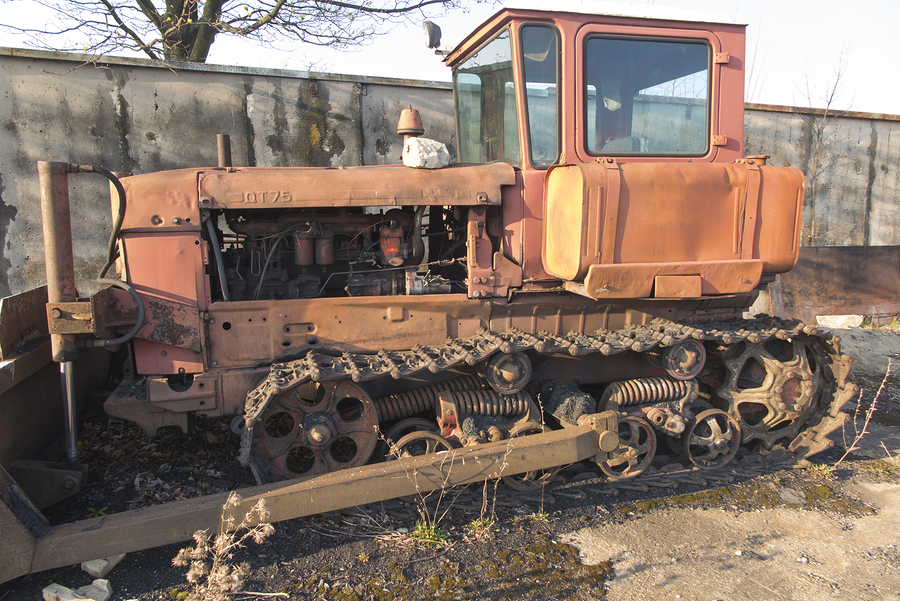
5 Reasons Why Owning Large Equipment Can Be a Financial Burden
In our society, it’s generally viewed as better to own something than to rent it. But in business, that is not always the most practical choice. Owning large equipment is often only profitable if you use it on a continual basis. Like the printing press of a local newspaper, for example. Therefore, an important decision must be made when a large project is looming in the distance. Should you buy your large equipment, or rent it for the days it is needed?
These are the five most common reasons why companies decide that owning large equipment is not a practical choice.
1) Periods of Disuse
The first and most important consideration to make is how frequently you will use the equipment. If you will only use it once, or will only use it every few years, then ownership may not be worth the full purchase price or the cost of maintenance. Periods of disuse are periods where your company is not gaining value from owning large equipment. They’re also unhealthy for certain types of large equipment that don’t do well sitting unused.
A rental company is uniquely designed with this calculation in mind by seeking many users to reduce periods of disuse.
2) Owning Large Equipment Requires Continuous Maintenance
Many pieces of large equipment and vehicular equipment needs to be continually maintained. It will rust or parts will degrade if left in a lot. In some cases, the engine will need to be run on a regular basis, other parts will need to be oiled and treated for rust. Rental equipment is maintained constantly between uses and kept in top-condition for commercial purposes. However, maintaining your own large equipment will require equal attentiveness even if it is not in constant use.
3) Setup-Teardown Expense
The other way to keep high-end and large equipment through periods of disuse is to go through a tear-down where the parts are stored in a safe and low-maintenance way. However, the equipment will also need to be set up each time it is used and then deconstructed again between each use. If your company goes through long but regular intervals of equipment use, the cost of these setups and tear-downs will stack up over time. Not to mention the time lost to this process.
4) Cost of Storage Space
Large equipment is also not free to store. This is an oversight that can cause businesses to miscalculate. The cost of owning large equipment must include the cost of large storage space. A piece of vehicular equipment may need a garage space or to occupy a portion of your warehouse. Over time, the cost of the space large equipment occupies will stack up, especially if you are renting storage space because you don’t have a warehouse or to keep it close to work sites. With equipment rental, you only hold onto the equipment for as long as your project lasts. Then it goes back into the garage bays and storage areas of the rental company, which offsets its costs by renting out the equipment.
5) Logistics for Transport from Site to Site
Finally, there’s the logistics of transport. Large equipment needs to be transported carefully on heavy trucks. This means that there are some roads and routes the trucks cannot take to travel from storage to the worksite and special truck routes must be navigated. Combine this with the time and gas for moving the equipment around and another set of unexpected expenses begins to stack up. An equipment rental company focuses on helping customers handle the logistics by doing their own delivery to your site or offering advice on routes and timing for customers handling their own equipment transport.
If your business has a large project coming up that needs specialized or oversized equipment, think carefully about whether renting or buying is right for you. For more information about equipment rental or to consult on the unique equipment needs of each project, contact us today!
